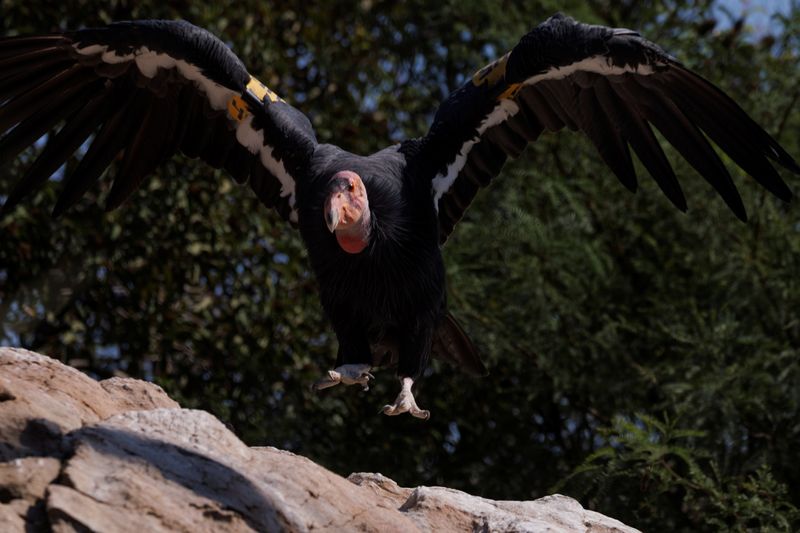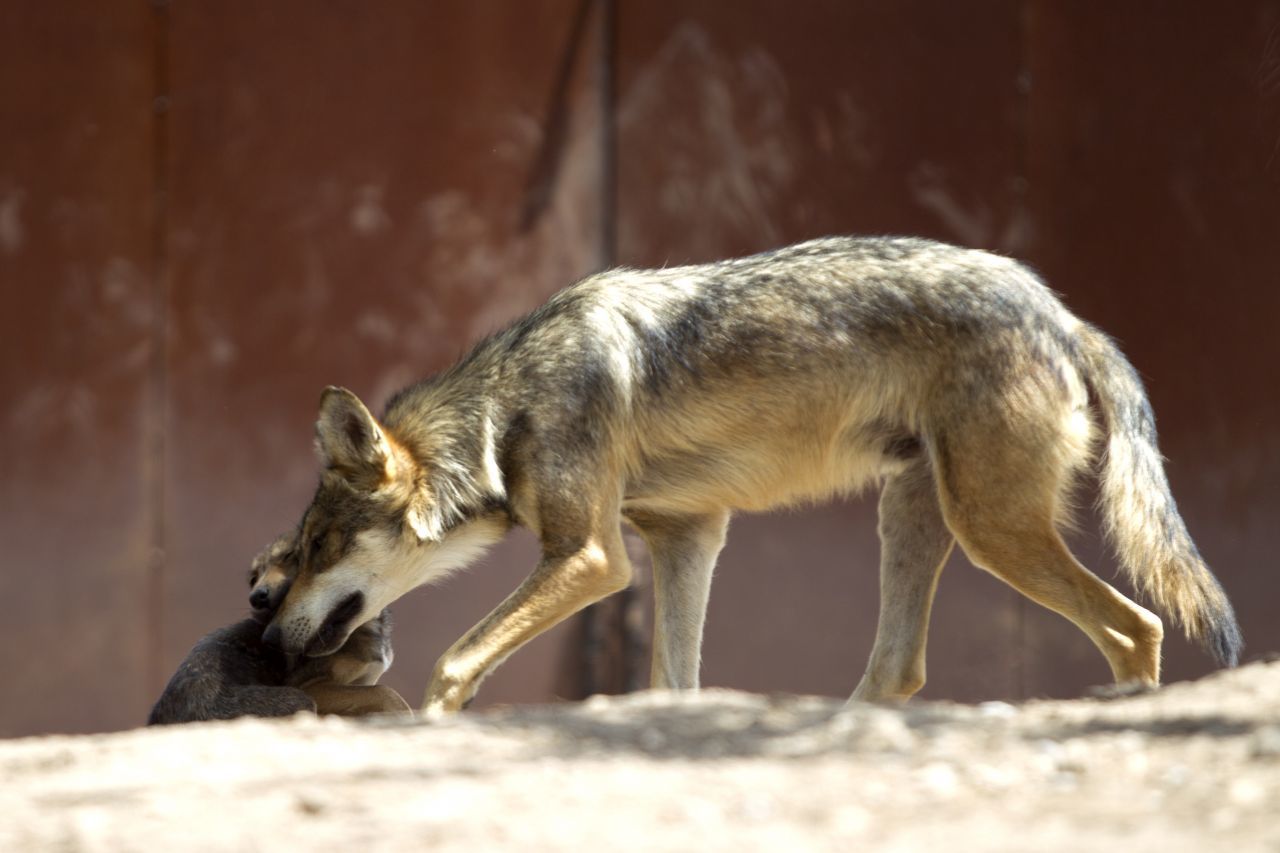
On March 15, the birth of a condor calf was recorded at the Chapultepec Zoo, this species is one of the largest flying birds in North America. It is currently in critical danger of extinction. That is why the Secretariat of the Environment (Sedema), through the General Directorate of Zoos and Wildlife Conservation of Mexico City (CDMX), created the California Condor Recovery program, which has already achieved the birth of 10 chicks in captivity.
In scientific terms, the new baby is a chick of the species Gymnogyps californianus. Although it was born on February 21, it was not until four weeks later that its existence was notified. The child is the result of the reproduction program outside its place of origin, which in turn is part of the Binational Program for the Recovery and Conservation of the California Condor, through a collaborative work between the governments of Mexico and the United States, since in its natural habitat it was mainly possible found in northern Arizona and southern Utah (including the Grand Canyon area and Zion National Park), the coastal mountains of central and southern California and northern Baja California.
The biological parents, A-way and Sinya are responsible for their care and feeding so far, it should be noted that this calf of California condor is the tenth born under human care in the Chapultepec Zoo.
Given the situation, breeding is constantly monitored by veterinary doctors, biologists and animal keepers to ensure that they receive adequate food and care from their parents for their development and are prepared to intervene if necessary to ensure the survival of “this valuable exemplary” as Sedema reported.

According to information provided by the Secretary of the Environment, in wildlife, young condors spend about five months inside their nests before going outside; however, this “depends entirely on the food and care of their parents, during which time they get to feather and then give their first flights, venturing out of the nest.”
It should be noted that, according to the institution, the breeding program in zoos “has been fundamental for the recovery of this species that was on the verge of extinction”. In the mid-80s alone, it was estimated that there were only 27 condors of this species left worldwide. In addition, in Mexico, between 1930 and 1940, the last sighting of California condors was recorded in wildlife.
This is how the project was undertaken to create a program thanks to which Zoos of Mexico City have managed to provide nine offspring, of which five were transferred to the Sierra de San Pedro Mártir, in Baja California, while the other four are expected to be transferred when the time is right and thus achieve their reintroduction into wildlife. As a result of the binational conservation program, the California condor was reclassified from the category “Probably extinct in the wild” to “Endangered”.
The Chapultepec Zoo is currently a biodiversity reserve in Mexico City. It is home to about 985 specimens of 195 different species, some of them in danger of extinction such as the Mexican wolf, the axolotl, teporingo and, as already mentioned before, the California condor.

Thanks to conservation programs, there have been representative success stories such as that of the Mexican wolf, which, as part of the Mexico-United States Binational Program, has been successfully replicated since 1989.
On the other hand, from January to May 2021, at the Chapultepec Zoo, the following were born:
2 California Condor (in danger of extinction)
1 egyptian goose
1 antílope nyala
1 ring-tailed lemur
1 european mouflon
17 teporingos
4 Gemsbock Antilopes
5 indian antelope/black
1 antílope lechwe
1 white-lipped pecari (endangered)
1 bighorn sheep
an American bison
2 grams
2 impalas
1 waptites
5 Mexican wolves (in danger of extinction)
In addition, the Zoos of Mexico City have managed to ensure that 25% of the species that were at risk, are now recovering, due to conservation work.
KEEP READING:
Últimas Noticias
Debanhi Escobar: they secured the motel where she was found lifeless in a cistern
Members of the Specialized Prosecutor's Office in Nuevo León secured the Nueva Castilla Motel as part of the investigations into the case

The oldest person in the world died at the age of 119
Kane Tanaka lived in Japan. She was born six months earlier than George Orwell, the same year that the Wright brothers first flew, and Marie Curie became the first woman to win a Nobel Prize

Macabre find in CDMX: they left a body bagged and tied in a taxi
The body was left in the back seats of the car. It was covered with black bags and tied with industrial tape
The eagles of America will face Manchester City in a duel of legends. Here are the details
The top Mexican football champion will play a match with Pep Guardiola's squad in the Lone Star Cup

Why is it good to bring dogs out to know the world when they are puppies
A so-called protection against the spread of diseases threatens the integral development of dogs




